Your Call
Please take a moment and list your five favorite images in no particular order and let us know what you liked about each of your favorites. I will share my thoughts with you in the next post (although the task is quite a difficult one he said modestly). After you have read the post, be sure to scroll down all the way and check out The BAA Middle of Florida Site Guide.
What’s Up?
Anita North and I killed on Friday morning at Stick Marsh, spent an amazing Saturday morning in Lakeland with nearly one hundred American White Pelicans, killed again on Sunday morning at Stick Marsh, and then drove from my home to Orlando Wetlands to photograph a distant spoonbill nest with four chicks in it. On Sunday alone we spent seven hours in the car and put more than 350 miles on the odometer of my SUV. We did not get back to ILE until just before 10pm. On Sunday alone, I created 7131 photos that have not yet been first edited (culled).
Today’s blog post featured an even dozen images made at Lakeland on the morning of 8 March. Including the time spent on the image optimizations, this one took about seven hours to prepare. As you view the images, consider the incredible variety of image designs, lighting conditions, and backgrounds. And be sure to note how and why I worked at the three distinctly different heights to change my perspectives. I was thanking God for Sony’s Zebra technology all morning as the sun was in and out quite often. Read carefully to learn the single biggest secret to becoming a great bird and nature photographer.
If your business is in need of a fabulous IT person, be sure to check out the Peter Kes item below.
Today is Monday 10 March 2025. The forecast is for cloudy skies with a strong southwest wind; we will likely get down to the lake at some point this morning. Whatever you plan on doing, I hope that you too opt to have a wonderful day. Do remember that happiness is a choice — Byron Katie, The Work.Com.
If an item — a Delkin flash card, or a tripod head — for example, that is available from B&H and/or Bedfords, is also available in the BAA Online Store, it would be great, and greatly appreciated, if you would opt to purchase from us. We will match any price. Please remember also to use my B&H affiliate links or to earn 3% cash back at Bedfords by using the BIRDSASART discount code at checkout for your major gear purchases. Doing either often earns you free guides and/or discounts. And always earns my great appreciation.
Supporting My Efforts Here
If you enjoy and learn from the blog, are all set for gear, or live overseas, consider leaving a BAA Blog Thank You Gift here.
If you enjoy and learn from the blog, please consider using one of my affiliate links when purchasing new gear. It will never cost you a single penny. To support my effort here, please order from B&H by beginning your search here. Or, click here, to order from Bedfords and enter the discount code BIRDSASART at checkout to receive 3% cash back to your credit card and enjoy free Second-Day Air Fed-Ex shipping. It is always best to write for advice via e-mail.
In many cases, I can help you save some serious dollars. And/or prevent you from purchasing the wrong gear from the wrong shop.
|
|
Peter Kes is job hunting |
Peter Kes
Peter Kes, friend of 3 decades and longtime BAA blog webmaster, is a brilliant IT (information technology) and computer expert. He is currently running a Bushveld Farm in Dinokeng Game Reserve, Pretoria, Gauteng, RSA (Republic of South Africa) and is looking to re-locate. You can learn more about Peter and check out his impressive resume at his LinkedIn profile page here. You can contact Peter via e-mail.
|
|
|
This image was created at Lakeland, FL on the morning of Saturday 8 March. Standing at full height, I used the iPhone 15 Pro Max. ISO 64: 1/1086 sec. at f/1.8 at 7:00:11am before the sun hit the birds. Be sure to click on the image to view a larger version. Image #1 iPhone Pano: the scene at Lakeland |
Breathtaking!
When Anita and I turned the last corner, we could hardly believe our eyes. About 90 American White Pelicans — more than I had ever seen at this spot before, were resting comfortably on the bulkhead wall. When we left 2 /2 hours later, more than 50 of them were still in the same spot while another 25 or so floated on the lake.
With so many birds so close together I was thinking long focal lengths before I even got out of the car. As you will see below, 840 and 1200mm were my ticket to success.
|
|
|
This image was created on 8 March 2025 at Lakeland, FL. Standing at full height, I used the Robus RC-5570 Vantage Series 3 Carbon Fiber Tripod/Levered-Clamp FlexShooter Pro-mounted Sony FE 600mm f/4 GM OSS lens with the Sony FE 1.4x Teleconverter and The Latest Greatest Sony Flagship Body, the a-1 II Mirrorless Camera. The exposure was determined by Zebras with ISO on the rear wheel — ISO 1250: 1/320 second at f/5.6 (wide open) in Manual mode. RawDigger showed that the exposure was dead solid perfect. AWB at 7:06:49am in the shade on what would be a variably sunny morning. Tracking: Zone/AF-C with Bird-Eye/Face Detection performed perfectly. Click on the image to enjoy the high-res version. Be sure to click on the image to view a larger high res version. Image #2: American White Pelican head portrait in soft light |
Soft, Soft Light
I love photographing white or light-toned birds against light-toned backgrounds before the sun gets on the subjects. The front portion of the horn on this pelican’s bill was badly damaged, possibly by the pointy bill tip of another pelican. The repairs were made via two Quick Masks.
|
|
|
This image was also created on 8 March 2025 at Lakeland, FL. Standing at full height, I used the Robus RC-5570 Vantage Series 3 Carbon Fiber Tripod/Levered-Clamp FlexShooter Pro-mounted Sony FE 600mm f/4 GM OSS lens with the Sony FE 2x Teleconverter, and The Latest Greatest Sony Flagship Body, the a-1 II Mirrorless Camera. The exposure was determined by Zebras with ISO on the rear wheel — ISO 1000. 1/250 second at f/8 (wide open) in Manual mode. RawDigger showed that the exposure was dead solid perfect. AWB at 7:10:56am on then mostly sunny morning. Tracking: Spot XS/AF-C with Bird-Eye/Face Detection performed perfectly. Click on the image to enjoy the high-res version. Be sure to click on the image to view a larger high res version. Image #3: American White Pelicans floating in yellow reflections |
Party of Two
During a recent discussion with Anita North, I realized that when I am at work in the field that I have no goals but for making images that please me. Toward that end, I am inspired and motivated only by what I see. In Lakeland, one of the prime motivating factors is the color of the reflections in the lake. Therefore, when photographing swimming or floating birds, I am moving almost constantly to put the birds right where I want them in the most pleasingly colored reflections. And the same is true when creating the tight shots that you see here as well. The color of the background is often a greater influence on my choice of perspective than sun angle. That said, I only very rarely work more than 15° on either side of the line of my shadow. That of course, only when the sun is shining 🙂
|
|
|
This image was also created on 8 March 2025 at Lakeland, FL. Standing at full height, I used the Robus RC-5570 Vantage Series 3 Carbon Fiber Tripod/Levered-Clamp FlexShooter Pro-mounted Sony FE 600mm f/4 GM OSS lens with the Sony FE 2x Teleconverter, and The Latest Greatest Sony Flagship Body, the a-1 II Mirrorless Camera. The exposure was determined by Zebras with ISO on the rear wheel — ISO 1000. 1/800 second at f/8 (wide open) in Manual mode. RawDigger showed that the exposure was dead solid perfect. AWB at 7:25:27am on then mostly sunny morning. Tracking: Zone/AF-C with Bird-Eye/Face Detection performed perfectly. Click on the image to enjoy the high-res version. Be sure to click on the image to view a larger high res version. Image #4: American White Pelican tight face portrait |
Clean, Tight, and Graphic
I was drawn to this individual because of the raised crest, the spotless feathers, the bright yellows, and the pretty much perfect bill. The obvious way to go was 1200mm. Sharpness at 1200mm with my Sony gear is unparalleled. A sliver of another bird was removed from the left frame edge using the Patch Tool to make the selection followed by Shift + Delete — Content Aware Fill.
|
|
|
This image was created on 8 March 2025 at Lakeland, FL. Standing at full height, I used the Robus RC-5570 Vantage Series 3 Carbon Fiber Tripod/Levered-Clamp FlexShooter Pro-mounted Sony FE 600mm f/4 GM OSS lens with the Sony FE 2x Teleconverter, and The Latest Greatest Sony Flagship Body, the a-1 II Mirrorless Camera. The exposure was determined by Zebras with ISO on the rear wheel — ISO 1250. 1/640 second at f/8 (wide open) in Manual mode. RawDigger showed that the exposure was dead solid perfect. AWB at 7:31:10am on then partly sunny morning. Tracking: Zone/AF-C with Bird-Eye/Face Detection performed perfectly. Click on the image to enjoy the high-res version. Be sure to click on the image to view a larger high res version. Image #5: American White Pelican adult preening |
The Devil is in the Details
With the bird’s bill parallel to the imaging sensor and the eye visible, I created several long series of this preening pelican. Only a single perfect frame featured the bird delicately preening a tiny feather on its back.
|
|
|
This image was also created on 8 March 2025 at Lakeland, FL. Again, standing at full height, I used the Robus RC-5570 Vantage Series 3 Carbon Fiber Tripod/Levered-Clamp FlexShooter Pro-mounted Sony FE 600mm f/4 GM OSS lens with the Sony FE 2x Teleconverter, and The Latest Greatest Sony Flagship Body, the a-1 II Mirrorless Camera. The exposure was determined by Zebras with ISO on the rear wheel — ISO 1250: 1/1250 second at f/8 (wide open) in Manual mode. RawDigger showed that the exposure was perfect. AWB at 7:33:11am on then sunny morning. Tracking: Zone/AF-C with Bird-Eye/Face Detection performed perfectly. Click on the image to enjoy the high-res version. Be sure to click on the image to view a larger high res version. Image #6: American White Pelican adult scissors preening |
The Devil is in the Background
Above is a tight example of how strongly my work is background driven. When working at 1200mm, getting your tripod in the exact right spot is often a matter of inches. Or less. Folks often ask, “What is the one big secret to becoming a great nature photographer?” My response is always the same: Paying attention to the small details.
|
|
|
This image was also created on 8 March 2025 at Lakeland, FL. Standing at full height, I used the Robus RC-5570 Vantage Series 3 Carbon Fiber Tripod/Levered-Clamp FlexShooter Pro-mounted Sony FE 600mm f/4 GM OSS lens with the Sony FE 2x Teleconverter, and The Latest Greatest Sony Flagship Body, the a-1 II Mirrorless Camera. The exposure was determined by Zebras with ISO on the rear wheel — ISO 1600. 1/800 second at f/8 (wide open) in Manual mode. RawDigger showed that the exposure was dead solid perfect. AWB at 7:35:13am on then mostly sunny morning. Tracking: Spot XS/AF-C with Bird-Eye/Face Detection performed perfectly. Click on the image to enjoy the high-res version. Be sure to click on the image to view a larger high res version. Image #7: Redhead drake floating on still blue water |
How “Lower” when Standing?
When standing at full height and photographing a duck in the water at 1200mm (or any bird on the ground), the images will look as if they were created from a much lower perspective. Why? As you will be a good distance to the subject, the angle of declination, the degree at which you are pointing the lens downward, is relatively shallow.
|
|
|
This image was created on 8 March 2025 at Lakeland, FL. Standing at full height, I used the Robus RC-5570 Vantage Series 3 Carbon Fiber Tripod/Levered-Clamp FlexShooter Pro-mounted Sony FE 600mm f/4 GM OSS lens with the Sony FE 1.4x Teleconverter and The Latest Greatest Sony Flagship Body, the a-1 II Mirrorless Camera. The exposure was determined by Zebras with ISO on the rear wheel — ISO 500: 1/1600 second at f/5.6 (wide open) in Manual mode. RawDigger showed that the exposure was dead solid perfect. AWB at 8:01:14am on a then sunny morning. Tracking: Zone/AF-C with Bird-Eye/Face Detection performed perfectly. Click on the image to enjoy the high-res version. Be sure to click on the image to view a larger high res version. Image #8: American White Pelican with bill open |
Young and Soft and Sweet
In hatch-year American White Pelicans, the upper mandibles are pink and the bill pouches are a much paler yellow than on the adults. Note that a relatively fast shutter speed was needed to freeze the action.
|
|
|
This image was also created on 8 March 2025 at Lakeland, FL. For this one, still standing at full height, I used the Robus RC-5570 Vantage Series 3 Carbon Fiber Tripod/Levered-Clamp FlexShooter Pro-mounted Sony FE 600mm f/4 GM OSS lens with the Sony FE 1.4x Teleconverter and The Latest Greatest Sony Flagship Body, the a-1 II Mirrorless Camera. The exposure was determined by Zebras with ISO on the rear wheel — ISO 800: 1/1600 second at f/5.6 (wide open) in Manual mode. RawDigger showed that the exposure was perfect. AWB at 8:39:09am on then cloudy morning. Tracking: Zone/AF-C with Bird-Eye/Face Detection performed perfectly. Click on the image to enjoy the high-res version. Be sure to click on the image to view a larger high res version. Image #9: American White Pelican head throw |
Thanks Anita
Head throws in Lakeland are exceedingly difficult because there are so many birds packed together. I rarely even try for them. Anita, tenacious as always, was trying to make a few good white pelican head throw images and finally persuaded me to give it a try. So, I swapped the 2X TC for the 1.4X and got lucky. Parts of two extraneous pelicans were removed from the bottom of the frame.
|
|
|
This image was also created on 8 March 2025 at Lakeland, FL. For this one, crouching a bit and working off the tilted rear screen with the front leg of the tripod pulled out, I used the Robus RC-5570 Vantage Series 3 Carbon Fiber Tripod/Levered-Clamp FlexShooter Pro-mounted Sony FE 600mm f/4 GM OSS lens with the Sony FE 1.4x Teleconverter and The Latest Greatest Sony Flagship Body, the a-1 II Mirrorless Camera. The exposure was determined by Zebras with ISO on the rear wheel — ISO 1600: 1/2000 second at f/5.6 (wide open) in Manual mode. RawDigger showed that the exposure was perfect. AWB at 8:46:55am on then partly cloudy morning. Tracking: Zone/AF-C with Bird-Eye/Face Detection performed perfectly. Click on the image to enjoy the high-res version. Be sure to click on the image to view a larger high res version. Image #10: American White Pelican — Cypress Tree trunk background |
Why Lower?
Why was it imperative that I got a bit lower when creating this image? Here is the same question in a different form: what would the problem have been if I made this image while standing at full height.
|
|
|
This image was also created on 8 March 2025 at Lakeland, FL. Standing at full height, I used the Robus RC-5570 Vantage Series 3 Carbon Fiber Tripod/Levered-Clamp FlexShooter Pro-mounted-Sony FE 600mm f/4 GM OSS lens with the Sony FE 1.4x Teleconverter and The Latest Greatest Sony Flagship Body, the a-1 II Mirrorless Camera. The exposure was determined by Zebras with ISO on the rear wheel — ISO 640: 1/2500 second at f/5.6 (wide open) in Manual mode. RawDigger showed that the exposure was dead solid perfect. AWB at 9:00:11am on then mostly sunny morning. Tracking: Spot XS/AF-C with Bird-Eye/Face Detection performed perfectly. Click on the image to enjoy the high-res version. Be sure to click on the image to view a larger high res version. Image #11: American White Pelican flotilla in blue and silver water |
Designing the Flotilla Image
Tracking: Spot XS/AF-C with Bird-Eye/Face Detection allowed me to place the lead bird exactly where I wanted it in the frame: high enough to include the whole reflection along with a generous helping of blue and silver water below that.
|
|
|
This image was also created on 8 March 2025 at Lakeland, FL. For this one, I sat on the ground and used the toe-pod technique with the Sony FE 600mm f/4 GM OSS lens with the Sony FE 1.4x Teleconverter and The Latest Greatest Sony Flagship Body, the a-1 II Mirrorless Camera. The exposure was determined by Zebras with ISO on the rear wheel — ISO 800: 1/4000 second at f/5.6 (wide open) in Manual mode. RawDigger showed that the exposure was dead solid perfect. AWB at 9:11:09am on then completely sunny morning. Tracking: Zone/AF-C with Bird-Eye/Face Detection performed perfectly. Click on the image to enjoy the high-res version. Be sure to click on the image to view a larger high res version. Image #12: American White Pelican in dark green reflections |
Dealing with Harsh Light
By 9:00am on a sunny, clear-sky day, the light is getting a bit harsh. The way to combat that is to work as low as possible and be sure to get right on sun angle. The latter helps to eliminate shadows. So, with a flick of the lever, I grabbed the lens off the tripod, sat down, and used the toe-pod technique to get right down to the bird’s level. Again, we see the importance of the background in bird photography.
|
|
The BAA Middle of Florida Photographic Site GuideYou can purchase your copy here in the BAA Online Store. |
The BAA Middle of Florida Photographic Site Guide
126 pages, 87 photographs by (the late) Joe Przybyla and Arthur Morris.
The PDF for this e-Guide is an electronic download sent via e-mail.
Purchase your copy here in the BAA Online Store.
I had thought about doing a guide to some of the great but little-known photo hotspots around central Florida for about a decade, but those plans never came to fruition. I met Joe online in the Avian Forum at BirdPhotographer’s.Net about two years ago. Joe’s photography has improved tremendously over the past few years; he credits the BAA blog, my books and PDFs, and his participation on BPN. The one thing that I learned right from the get-go about Joe is that he is a hard and tenacious worker, always striving to improve his skills and to grow his knowledge base. As he knew of more than a few good spots in central Florida, I broached the idea of us doing a photographic site guide that covered many of the little-known photographic hotspots from Brandon to Lakeland to Joe Overstreet Road to Indian Lake Estates (my Florida home for the past 20 years or so). After more than many, many dozens of hours of effort, The BIRDS AS ART Middle of Florida Photographic Site Guide is now a reality. Thanks to Joe’s wife Dottie for her review of our writing. We all learned once again that writing is a process, a back-and-forth process. All thanks to the white pelicans of Lakeland. Below are the locations that are detailed in this e-Guide. Please note that last season, Gatorland did not offer a Photographer’s Pass.
- Indian Lake Estates: Sandhills Cranes with chicks and colts, lots of vultures, and Ospreys up the kazoo!
- Gatorland, Kissimmee: Learn to make great images of wading birds in a cluttered rookery. Note: In 2024, this theme park eliminated its Photographer’s Pass Program that allowed for early entry.
- The Brandon Rookery: Great for nesting Wood Storks, Great Egrets, and more.
- Circle Bar B Reserve, Lakeland: Here you will find a great variety of avian subjects in a great variety of beautiful habitats.
- Lakeland: There are lots of silly tame birds in the various lakes here including and especially American White Pelican (AWPE) during the colder months.
- Lake Mirror, Lakeland: Tame Anhingas, Limpkins, and a zillion White Ibises at times.
- West Lake Parker, Lakeland: Here, if you are lucky, you will have a chance for two difficult birds: Snail Kite, and Purple Gallinule.
- Joe Overstreet Road, Kenansville: Crested Caracara, meadowlarks, Loggerhead Shrike, and much more on the fenceposts and barbed wire.
Each location includes a map, a detailed description of the best spots, best season, light and time of day instructions, the expected species, and an educational and inspirational gallery that is designed to open your eyes as to the possibilities.
You can purchase a copy here in the BAA Online Store.
Typos
With all blog posts, feel free to e-mail or to leave a comment regarding any typos or errors.

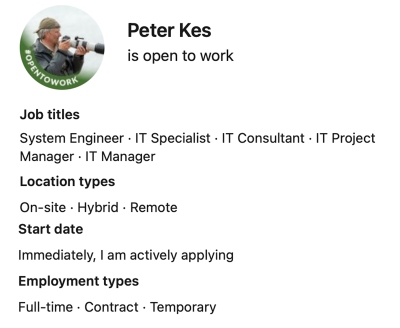

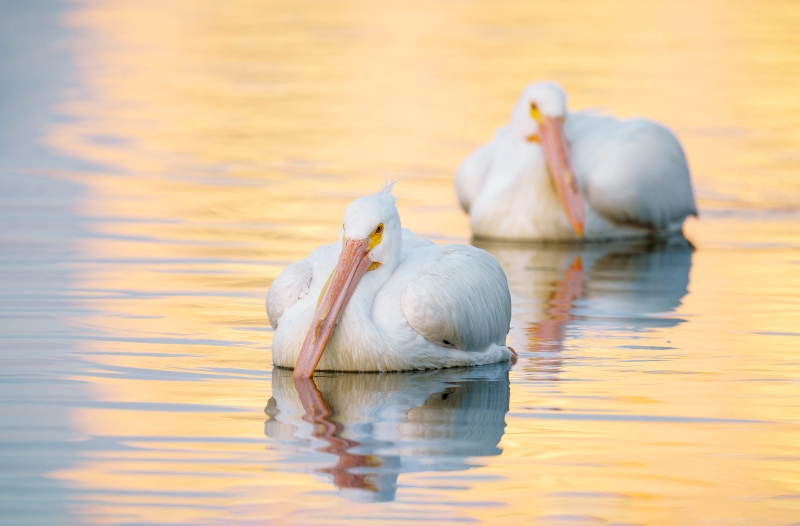
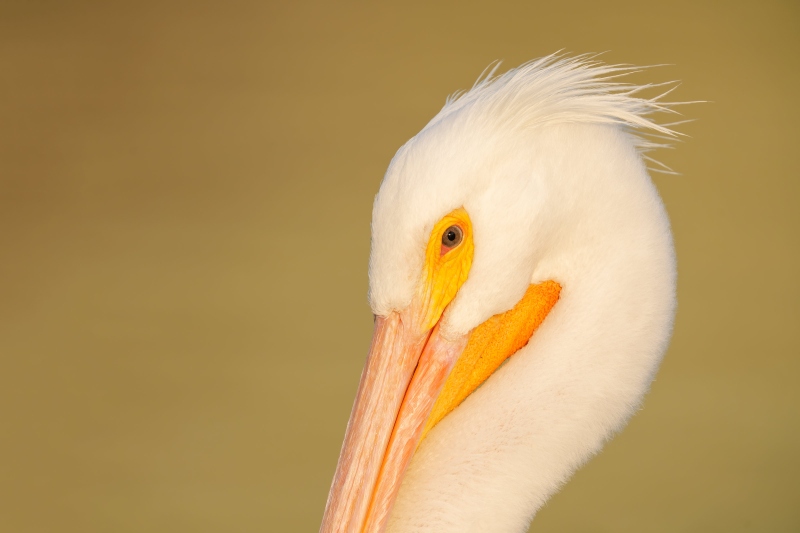
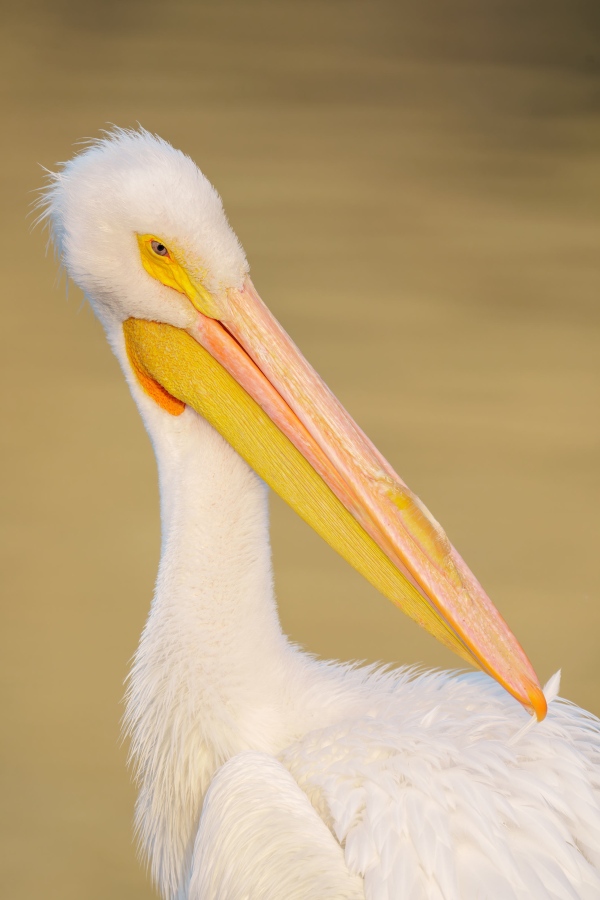
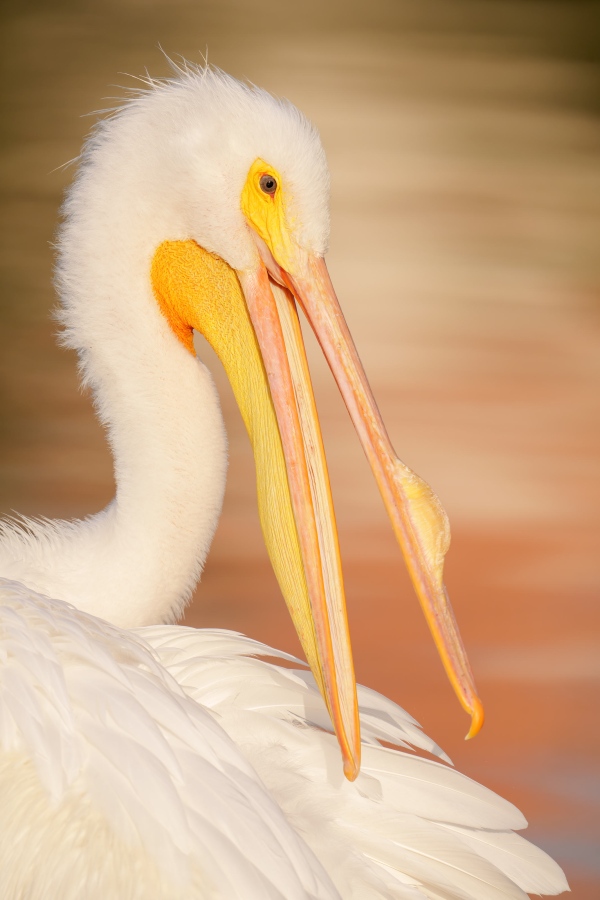
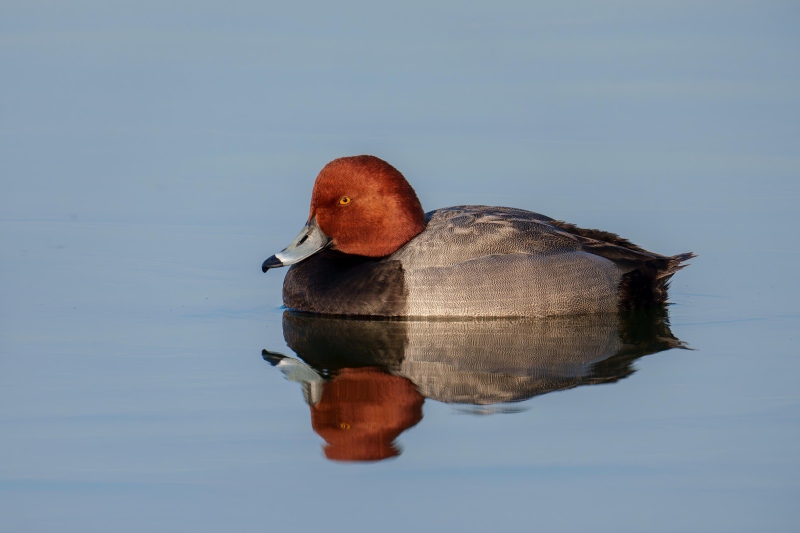
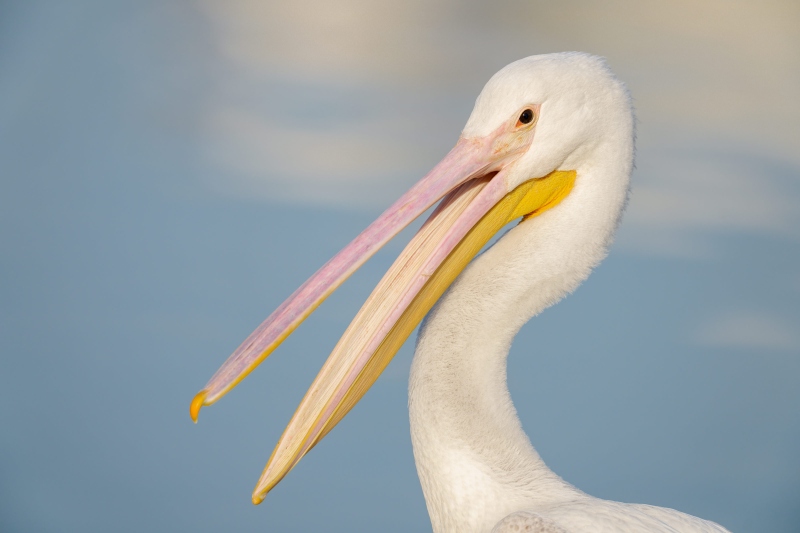
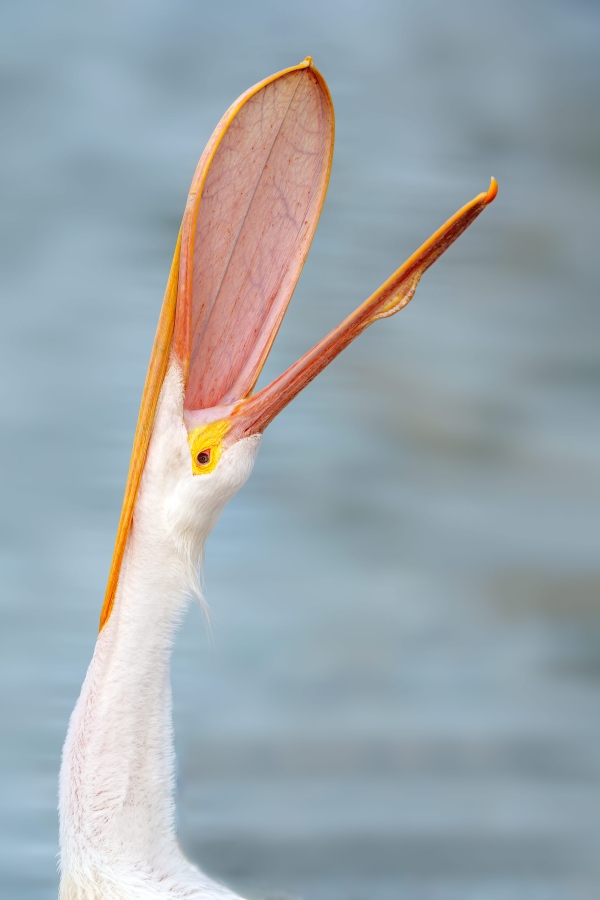

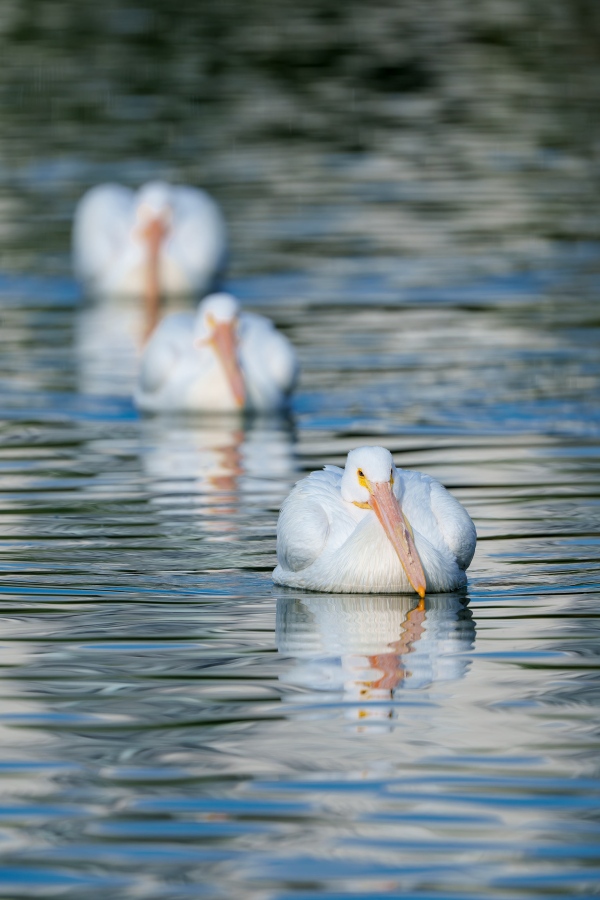
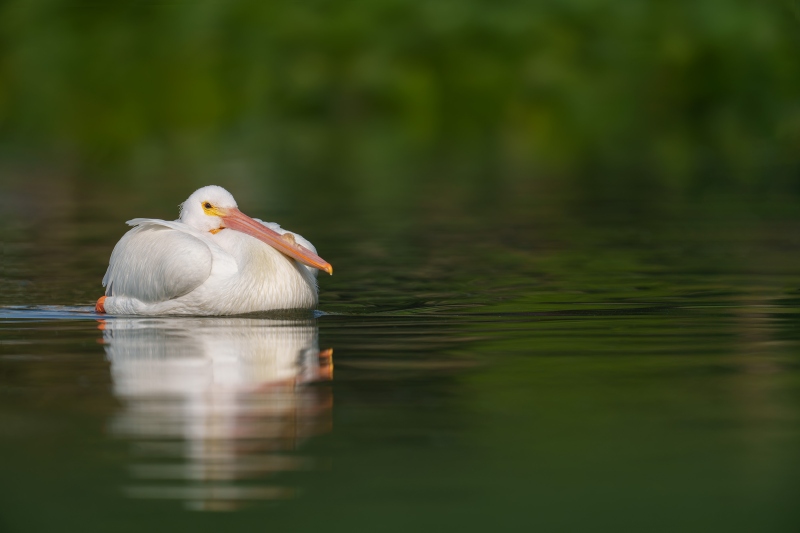
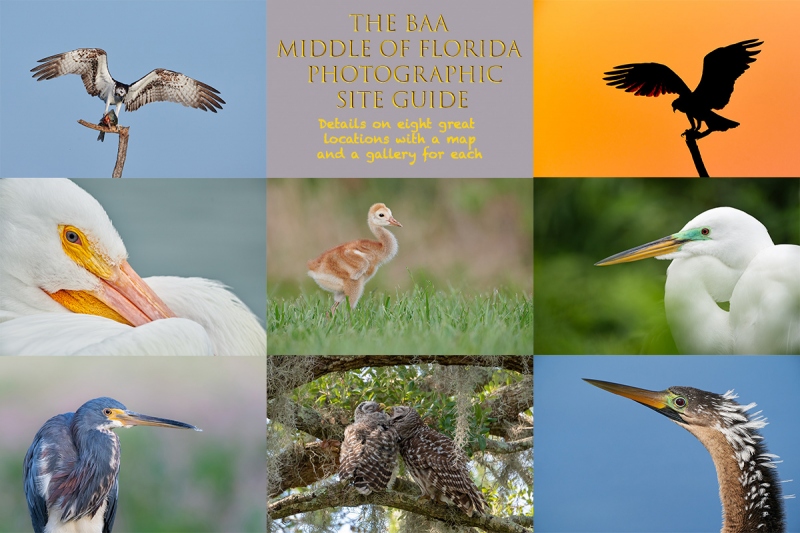






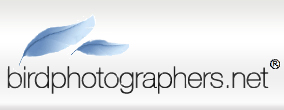


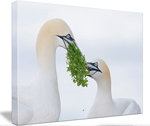



I’ll take the inside straight, 5-6-7-8-9, though with #9 (the head throw) at the top, following by the two preening images and then the Redhead. Not sure I’ve seen a AWPE head throw before.
Thanks, Cliff. There are so many birds that getting a head throw is mucho difficult :-0
much love, artie
#5 is my favorite by far. That close up of delicate preening is unique. Soft color is beautiful; bill diagonally across is great composition; eye, bill and tiny feather all sharp; all feathers sharp; lovely range of related colors from red at the eye to pink to yellow to orange.
Thank you kindly.
with love, artie
For March 10 images, I rate in order (of my taste):
#4 The background compliments the yellow/orange of the pelican.
#6 Once again, the background coupled with the the feather details makes this image stand out for me.
#7 The composition, reflection of the drake, and the complementary colors. I particularly like how the foreground fades into the background with no discerning horizon line.
I also like #12.
many thanks A W-S.
with love, artie
Top five, here we go:
6 – Why? Simply put, that background!
5 – Love a good preening shot and this is just perfect.
10 – Again, love the background. This time a natural setting.
4 – Tight and graphic.
9 – Picked this due to the behavior and the difficulty factor.
As for why you went low on 10 I’d say you’d introduce the wall’s reflection if standing. More importantly, going lower allowed you to place the bird’s neck/head/bill within the tree background. Higher and you would have had a tree/water line bisecting the bird in a displeasing way.
Thanks David. I guess that being background driven can be a good thing 🙂
with love, artie
ps: I went low for the second reason you mentioned.
pps: nothing new on the crane chicks here.
Artie, it was a pleasure to meet you and Anita at Stick Marsh yesterday.
Image # 3 is my favorite. It speaks to me on a level different from the others. The soft color and muted reflections offer quiet repose and serenity– an image I would enjoy returning to again and again. The others are beautiful in their right but don’t so readily beckon me back.
Thanks, Wells. It was a pleasure chatting with you. I too love the soft colors.
with love and see you next year,
a
Forgive my ignorance. We don’t get too many Pelicans in the UK! What is the raised ‘lump’ two thirds of the way down on the top bill of these birds, very obvious on most of the images, but not on the younger bird in Image 8? Nostrils?
Image 3 is my favourite.
9, 6, 2, and 11 are my favorites.
Thank you Dr. Fish.
with love, a
Maggi: It’s called a caruncle and adult breeding birds develop them. They disappear after the breeding season.
Thanks, David. Also called the horn. They get a lot bigger as the birds move north to the breeding lakes. Most amazingly, adult AWPEs get lots of black smudging on their faces in full breeding plumage.
with love, artie
Even more from Google AI Overview:
The “horn” on the upper bill (sic: should be “mandible”) of an adult American White Pelican is a fibrous growth known as the nuptial tubercle. This odd growth develops in both sexes during the breeding season and is thought to contribute to its mating displays and perhaps signal breeding fitness.
a